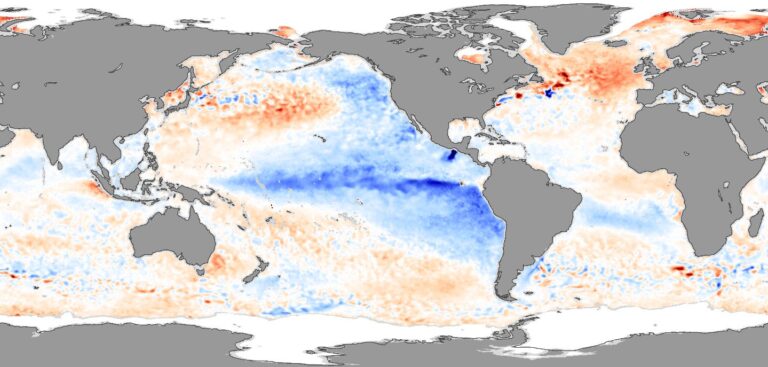The Australian Bureau of Meteorology has declared that La Niña has developed in the Pacific Ocean, upgrading from a La Niña Alert status to an active event. This, it says, means that recent changes in ocean temperatures and weather patterns over the Pacific are now likely to remain until at least the end of the year.
The bureau notes that La Niña is the cool phase of the El Niño Southern Oscillation. It is associated with cooler than average sea surface temperatures (SST) in the central and eastern tropical Pacific Ocean. La Niña events often form in autumn or winter, then decay in late summer. The greatest impact normally occurs during the spring and early summer period.
La Niña events normally last for around a year, however they can be shorter, or much longer. The Bureau says that recent observations and model forecasts show the central tropical Pacific Ocean is now 0.8°C cooler than normal, and that has resulted in changes to trade winds and pressure patterns. Climate models suggest these patterns will continue until at least the end of the year.
La Niña typically results in above-average spring rainfall for Australia, particularly across eastern, central and northern regions. It can also mean cooler days, more tropical cyclones, and an earlier onset of the first rains of the wet season across the north.
The last La Niña event occurred from 2010-2012 and resulted in one of Australia’s wettest two-year periods on record. Widespread flooding occurred in many parts of Australia associated with the record rainfalls.
The impacts of La Niña can vary significantly between events. It is likely this year will not see the same intensity as the 2010-11 La Niña event, but is still likely to be of moderate strength.
The Bureau previously shifted from La Niña Watch to La Niña Alert on August 18, 2020. The US National Oceanic and Atmospheric Administration declared an active La Niña status on September 10, 2020.



